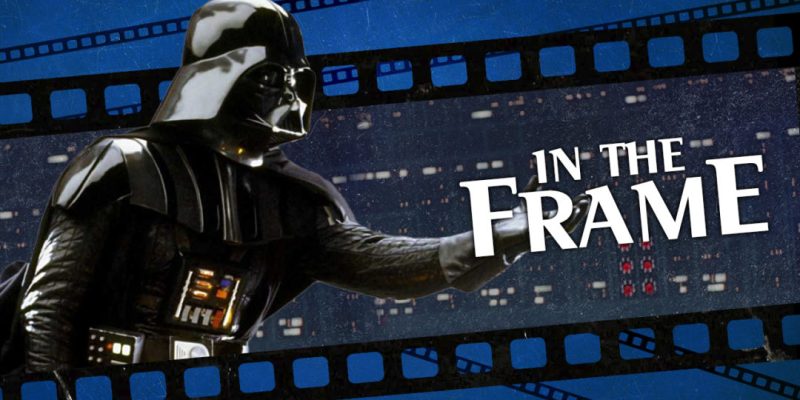Steven Spielberg and George Lucas effectively invented the modern blockbuster with their work on Jaws and Star Wars respectively, establishing a reliable template for box office titans for generations to come. A lot of modern Hollywood can trace its roots back to those two films, which left an indelible mark on the popular consciousness.
The legacy and impact of The Empire Strikes Back is often overlooked in these conversations. Not in terms of quality, of course. Although divisive at the time of release, The Empire Strikes Back is now considered the best film in the franchise. It ranks highest on Rotten Tomatoes and the IMDb 250. It is also the film in the original trilogy least impacted by Lucas’ subsequent alterations, suggesting that the director was highly satisfied with the result.
Before The Empire Strikes Back, sequels were largely seen by studios as cynical cash-ins. A successful film provided an exploitable property, and studios traditionally capitalized on this by driving up the profit margins by dramatically slashing the budget from one installment to the next.
Jaws produced three sequels, two of which are reviled enough to have landed on IMDb’s Bottom 100. The franchise’s box office history tells a story of diminishing returns, with Jaws IV: The Revenge earning less than one tenth of the original film. The Planet of the Apes franchise underwent a similar decline, shedding production value and creative talent as it burned through four sequels between 1970 and 1973, with box office returns shrinking from one film to the next.

The Empire Strikes Back flipped the playbook. Lucas had plans for a possible low-budget sequel if Star Wars were only a modest success, which would have adapted Alan Dean Foster novel, Splinter of the Mind’s Eye. However, Lucas was emboldened by Star Wars’ box office success. He decided that the sequel would go bigger rather than smaller, offering a bigger investment for the potential of much greater payoff. The initial budget of The Empire Strikes Back was $18 million, an increase of more than 50 percent from the original Star Wars. By the time production was finished, The Empire Strikes Back cost a total of $33 million, triple the original’s $11 million budget.
That production value is obvious on screen. The Empire Strikes Back unfolds in a busier and more expansive universe than Star Wars. It features more alien worlds and exotic settings. The film’s relatively loose episodic structure – which is based on the movie serials that inspired Lucas to create the franchise – seems designed to showcase this increased sense of scale.
In the wake of The Empire Strikes Back, what was once a radical notion has become accepted wisdom. It is now expected that sequels will cost more to produce than the original film, with studios hoping that these sequels will also return a higher profit. Older franchises tended to be whittled away until there was nothing left, getting trapped in a cycle of reduced budgets and diminished returns. Modern franchises tend to implode when costs become too high to be sustainable, growing so large that they collapse under their own weight. This is a world where a film can earn $700 million and still be considered a failure.
The Empire Strikes Back also created the concept of a franchise stuck in the second act. Sequel hooks existed long before The Empire Strikes Back, but very few films were built upon the expectation of a sequel, actively seeding story points that would only ever pay off in a hypothetical follow-up. Star Wars was not designed to set up the reveal that Darth Vader was Luke’s father since Lucas came up with the idea relatively late in the process of writing The Empire Strikes Back. In contrast, The Empire Strikes Back is built on the promise of future developments – Han’s fate is left dangling, while Yoda and Obi-Wan cryptically allude to the possibility of another Jedi.

This sort of sequel seeding is expected in modern blockbusters. The Marvel Cinematic Universe owes a lot to The Empire Strikes Back, even beyond the sly in-joke of writing a dismemberment into every one of their Phase II films. Those films all tease the possibility of future developments, assuring the audience that there is more story to be told. This is even true in films that promise closure. Avengers: Endgame might bid farewell to a few established characters, but it also teases the setup of Thor: Love and Thunder, Guardians of the Galaxy Vol. 3, and the series Falcon and the Winter Soldier.
Marvel Studios is the most obvious beneficiary of this model of blockbuster storytelling, but it is a fact of life in modern blockbuster filmmaking. It is not uncommon for stalled franchise-launchers to spend as much time teasing future plans as telling their own story. Green Lantern bombed at the box office, meaning that audiences will never find out what Sinestro was going to do with that yellow ring. Even older franchises find themselves forced to adapt to the new model. Jurassic World included a sequence of Dr. Henry Wu stealing some embryos to set up vague and sinister developments for the sequel.
The original Star Wars seems almost quaint by the standards of modern franchise filmmaking. It is very linear and surprisingly self-contained. The Episode IV: A New Hope subtitle that defines it as the middle chapter of a larger story was only added in 1981, after the release of The Empire Strikes Back. Star Wars might have created the modern blockbuster film, but it was The Empire Strikes Back that birthed the modern cinematic franchise.
